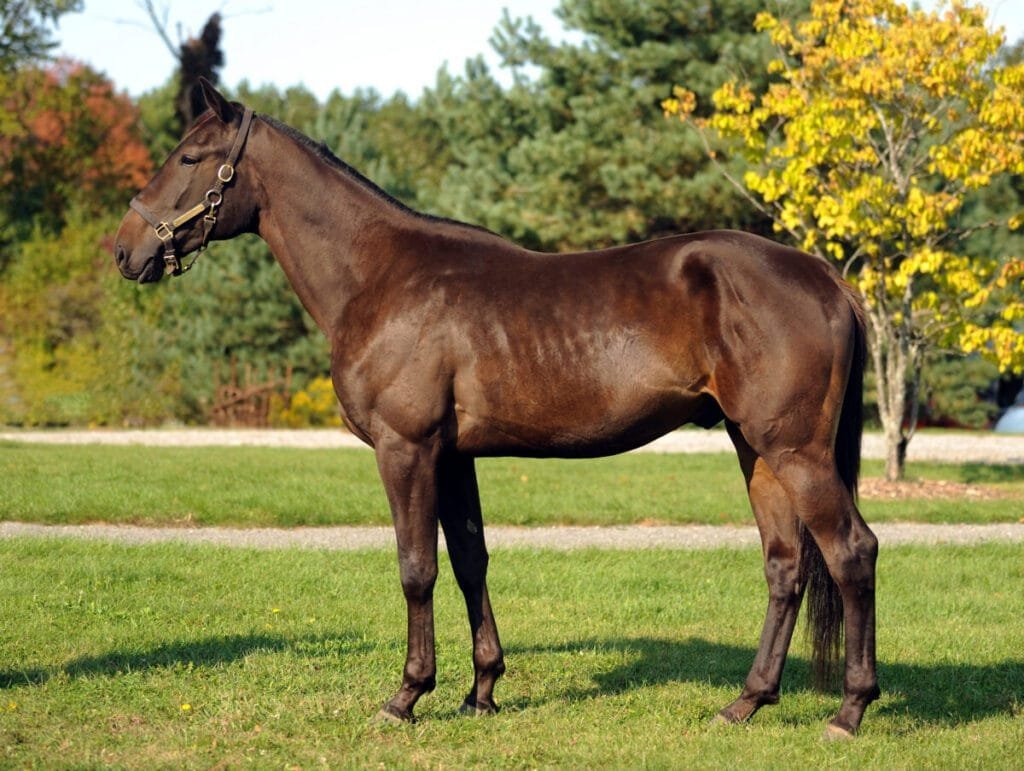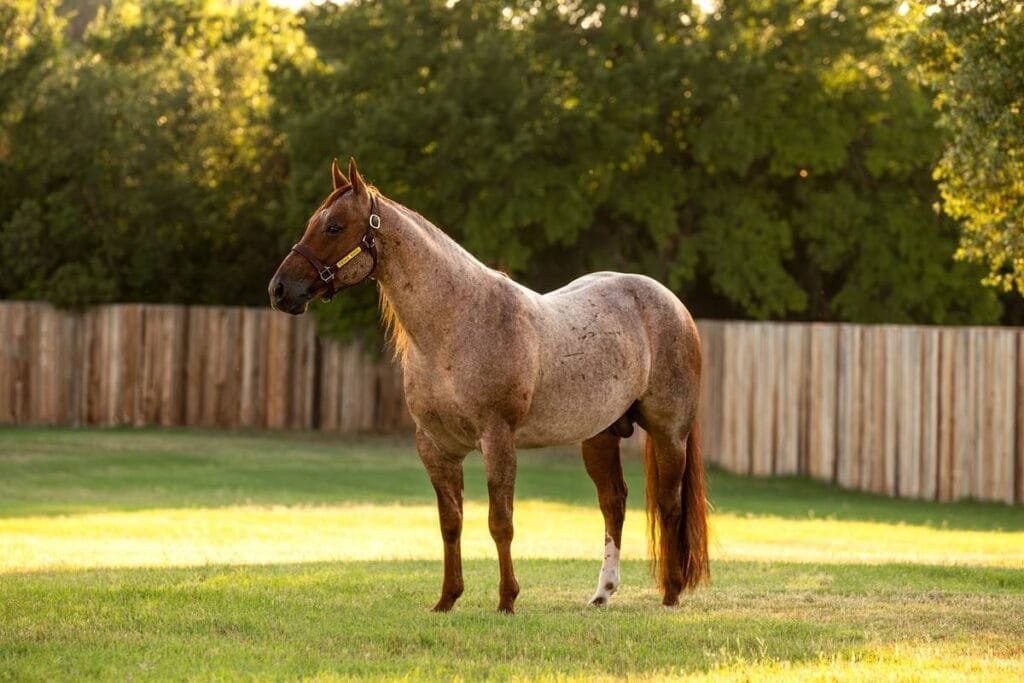Standardbred horses are a special breed known for their strength, speed, and gentle nature
Whether racing around the track or enjoying retirement in various equestrian pursuits, they continue to captivate the hearts of horse enthusiasts everywhere.As we celebrate their legacy and look forward to their future contributions, one thing is clear—Standardbreds are truly remarkable horses that embody the enduring bond between humans and horses.
A Brief History
Standardbreds trace their roots to the United States, where they were developed from a mix of Thoroughbred, Morgan, and other breeds to excel in harness racing. They are named “Standardbred” because they were bred to meet a certain “standard” of speed and gait consistency.
Feature details
| Aspect | Details |
|---|---|
| Origin | Developed in the United States in the 18th century from a mix of Thoroughbred, Morgan, and other breeds specifically for harness racing. |
| Height | Typically stands between 14.2 and 17 hands high. |
| Build | Muscular with a deep chest, strong hindquarters, and a balanced conformation ideal for efficiency in trotting and pacing. |
| Gaits | Excel in both trotting (diagonal leg movement) and pacing (lateral leg movement) races. |
| Racing Ability | Known for their speed, endurance, and competitive spirit on the racetrack. |
| Versatility | Adaptability to various disciplines beyond racing, including pleasure driving, trail riding, and therapeutic programs due to their calm temperament and willingness to work with people. |
| Training | Undergo rigorous training regimes from a young age to develop their racing skills. |
| Care | Require proper nutrition, veterinary care, and regular exercise to maintain health and well-being during their racing careers and in retirement. |
| Community Support | Strong community involvement with breed associations and organizations globally promoting responsible breeding, supporting retired racehorses, and organizing events showcasing their abilities. |
| Legacy | Revered for their athleticism, versatility, and gentle nature, continuing to captivate horse enthusiasts worldwide through their racing achievements and contributions to various equestrian disciplines. |

Physical Characteristics
These horses typically stand between 14.2 and 17 hands high and have a muscular build with a deep chest and powerful hindquarters. Their most distinctive feature is their ability to trot or pace at high speeds with remarkable efficiency and endurance.
Racing and Performance
Harness racing is where Standardbreds shine. They compete in both trotting (where the legs move diagonally) and pacing (where the legs on the same side move together) races. The races are exciting events that showcase their speed and competitive spirit.
Versatility Beyond Racing
While they are primarily known for racing, Standardbreds are also versatile in other disciplines. After their racing careers, many find second careers in activities like pleasure driving, trail riding, and even therapeutic programs due to their calm temperament and willingness to work with people.
Training and Care
From a young age, Standardbreds undergo rigorous training to develop their racing skills. They are cared for with proper nutrition, veterinary attention, and regular exercise to ensure their health and well-being both during their racing careers and in retirement.
Community and Support
The Standardbred community is passionate and supportive. Breed associations and organizations worldwide work to promote responsible breeding, support retired racehorses, and organize events that highlight the breed’s abilities and achievements.




